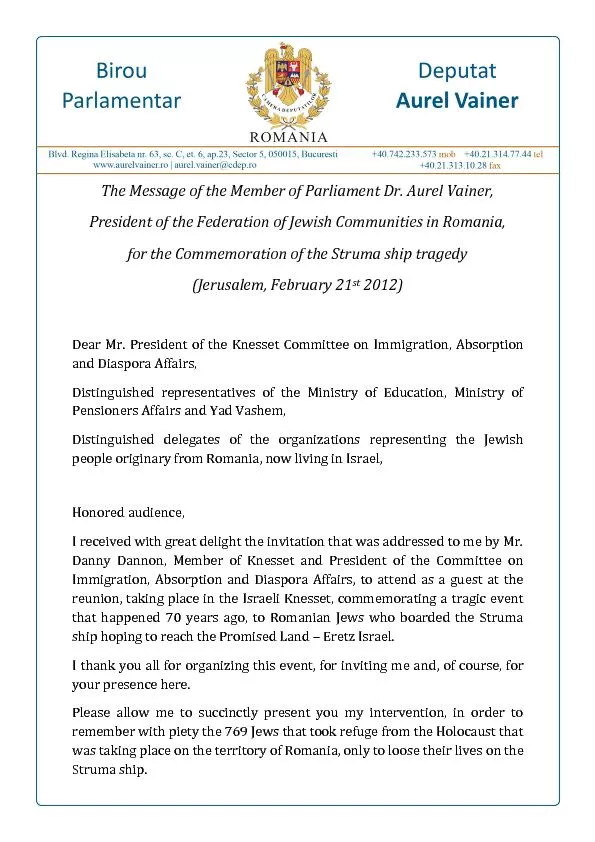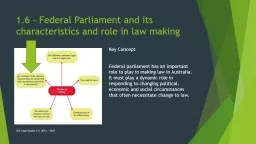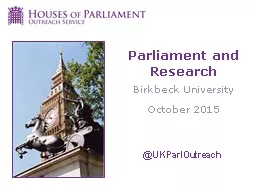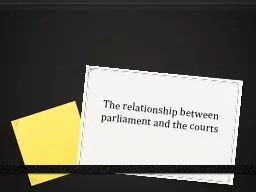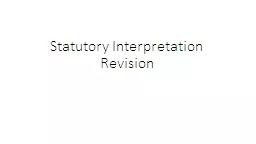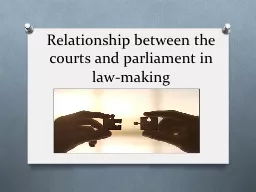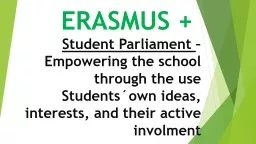PDF-The Message of the Member of Parliament Dr. Aurel Vainer,
Author : marina-yarberry | Published Date : 2016-08-21
President of the Federation of Jewish Communities in Romania for the Commemoration of the Struma ship tragedy Jerusalem February 21 st 2012 Dear Mr President of
Presentation Embed Code
Download Presentation
Download Presentation The PPT/PDF document "The Message of the Member of Parliament ..." is the property of its rightful owner. Permission is granted to download and print the materials on this website for personal, non-commercial use only, and to display it on your personal computer provided you do not modify the materials and that you retain all copyright notices contained in the materials. By downloading content from our website, you accept the terms of this agreement.
The Message of the Member of Parliament Dr. Aurel Vainer,: Transcript
Download Rules Of Document
"The Message of the Member of Parliament Dr. Aurel Vainer,"The content belongs to its owner. You may download and print it for personal use, without modification, and keep all copyright notices. By downloading, you agree to these terms.
Related Documents

